Rising prices, coupons and shortages
Since the beginning of August, oil refining rates in Russia have fallen by almost 20%. This is an extremely serious challenge for the Kremlin, and it is already clear that the Russian authorities cannot manage it. Moscow continues to pretend that nothing unusual is happening.
The Russian government held several emergency meetings with oil companies, but they did not produce any results. Then the Kremlin decided to take a different approach: it simply tried to ban price increases. If the cost of fuel on the exchange rose by more than 10% per day, such trades had to be cancelled. This innovation achieved little: trading was disrupted, prices at petrol stations increased, or petrol disappeared from sale altogether.
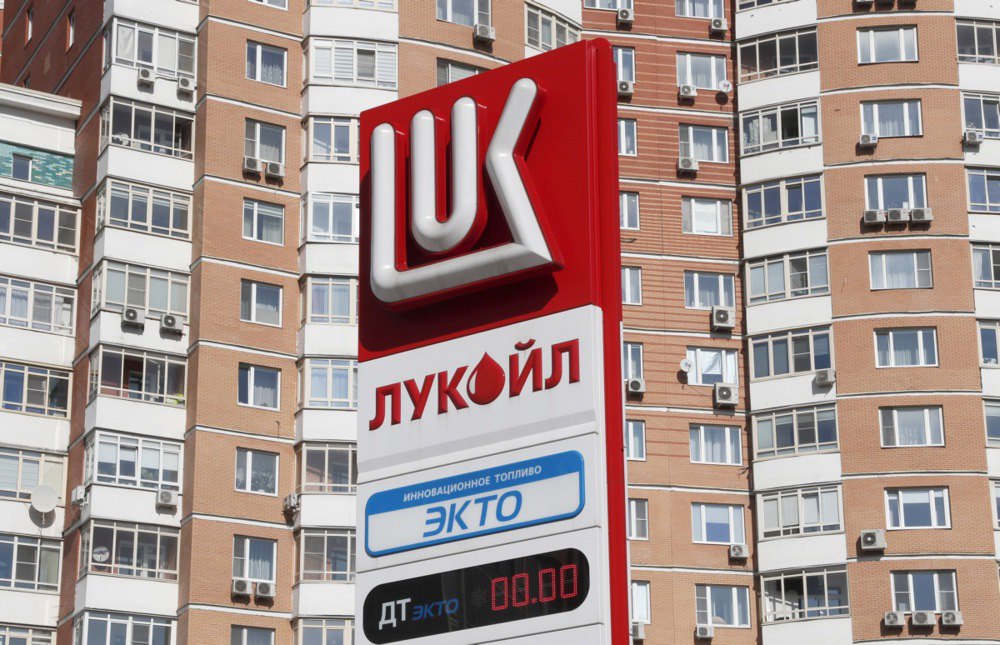
The petrol crisis is hitting remote Russian regions the hardest. There is also a significant fuel shortage in the occupied Ukrainian territories, particularly in Crimea. By contrast, Moscow and St Petersburg appear stable, as supplies to these cities remain a priority. The Kremlin is protecting large cities from shortages at petrol stations, but it is becoming increasingly difficult to conceal the scale of the problem. The biggest shortage at petrol stations concerns A-95 petrol: it has either disappeared altogether or is sold in limited quantities with vouchers.
There are several reasons for the rise in prices and shortages. First, it is becoming increasingly difficult for Russia to repair oil refineries in a timely and efficient manner. This year, Western sanctions are proving particularly painful.
Secondly, these weeks mark the peak in annual demand for fuel in the Russian Federation. Consumption has increased significantly, particularly due to the harvest.
But the main reason for the shortage is the accurate and effective strikes by Ukrainian drones on the Russian oil industry. Russia has several vulnerabilities in this area. The first target is the primary oil processing units at Russian refineries. This equipment is the “brain” of the entire plant, and its destruction means the shutdown of the entire enterprise for an indefinite period. For example, on the night of 28 August alone, Russia lost almost 5% of its oil refining capacity in a single strike. This was reported by Robert Brovdi, commander of the Unmanned Systems Forces. According to him, Ukrainian drones hit two refineries simultaneously — Kuibyshevskiy and Afipskiy.
In total, Ukraine struck at least 11 Russian oil refineries in August, four of which ceased operating.
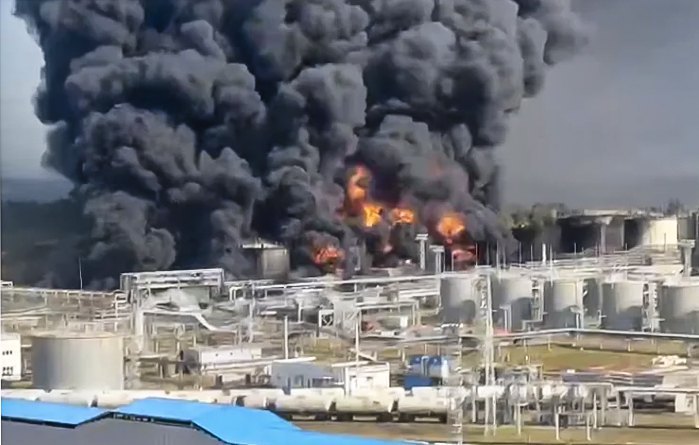
The second major target for the Armed Forces of Ukraine is Russia’s key oil transportation facilities. In some locations, up to ten main pipelines intersect. Their whereabouts are well known to Ukraine, and a single successful strike can halt pumping through tens of thousands of kilometres of pipes.
For almost a month now, the Russian oil industry has come under Ukrainian attack almost every night. For example, on Tuesday, 26 August, a powerful explosion occurred on the Ryazan–Moscow main pipeline. As a result, fuel transportation to the Russian capital was suspended. A few years ago, the Russians repurposed this route for petrol pumping. Transneft, which supplies the Russian army, received petrol via this line. Consequently, this main pipeline is a legitimate target for the Armed Forces of Ukraine.
Earlier, Ukrainian drones struck two pumping stations, resulting in the complete shutdown of the Druzhba pipeline. Hungary and Slovakia relied on this route for oil supplies. The destruction of these facilities also disrupted the pumping of resources for export, particularly to the port of Ust-Luga on the Baltic Sea.
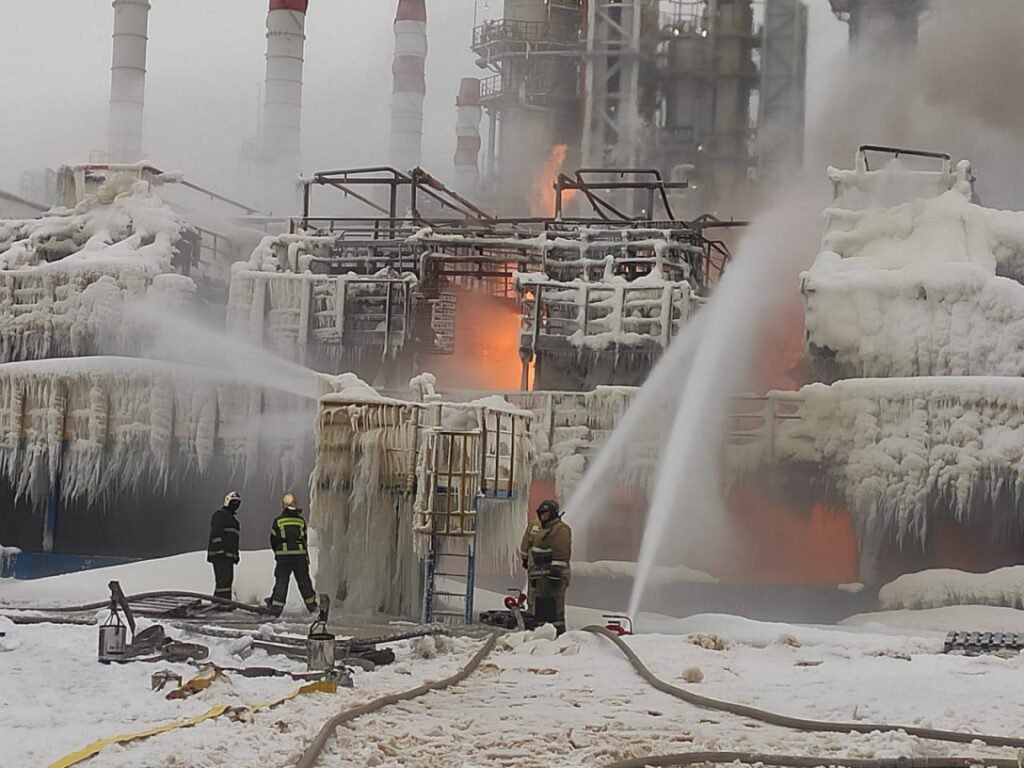
“Every day that the Druzhba oil pipeline is idle, Russia loses €15 million in revenue. And with the suspension of pumping to the Ust-Luga export terminal, the loss amounts to €40 million,” says Volodymyr Omelchenko, director of energy programmes at the Razumkov Centre.
Lukashenka lets the Kremlin down
Amid the petrol crisis, Russia turned to Belarus for assistance. Yet begging for fuel has not produced the outcome the Kremlin expected. Belarusian leader Alyaksandr Lukashenka is playing his own game and restricting petrol sales to Russia. The entire oil refining industry in Belarus operates under strict state control, with no dealer making independent decisions.
Lukashenka has at least two reasons for this stance. First, he fears a sharp rise in fuel prices and the emergence of shortages at home. It is now far more profitable for Belarusian dealers to sell fuel to Russia than at lower prices on the domestic market. Lukashenko is wary of a repeat of the potato crisis, which hit Belarus severely. Potatoes became significantly more expensive and almost disappeared from shop shelves, partly because of mass exports to Russia, where farmers could sell them more profitably. The crisis was a personal defeat for Lukashenka, forcing him to permit imports of the vegetable from EU countries.
The second reason for withholding petrol is the instability of Russian oil supplies. Belarus’s two largest refineries receive crude through the Druzhba pipeline. Repeated shutdowns caused by Ukrainian drone strikes have severely affected the Belarusian regime. Refineries in Belarus usually keep a two-week reserve of oil.

“Belarus is now trying to urgently organise alternative routes for supplying oil to its refineries, namely by rail. They can indeed transfer some of it from pipelines to tankers. But this is very inconvenient, time-consuming and expensive,” says Vadym Chernysh, chairman of the governing board of the Centre for Security Studies (CENSS).
Blows against Russia continue
Last year, Russian refineries produced more than 260 million tonnes of fuel, half of which was sold abroad. The Kremlin is now relying on an export ban to mitigate the petrol crisis. Yet this measure has not eased the situation, as the shortage is too severe. According to various estimates, demand for A-95 petrol in Russia already exceeds market supply threefold.
By contrast, there is still an abundance of diesel in Russia — the primary fuel for the Russian army. But there is a significant complication: alongside strikes on refineries, Ukraine has stepped up attacks on the railway network, which is the main supply route for Russian forces.
Previously, Russian factories relied on Soviet-era equipment that provided only 65% oil refining depth. Over time, however, they switched to Western technologies, enabling the Russian Federation to achieve a refining depth of over 90%. Now, this has become a liability.
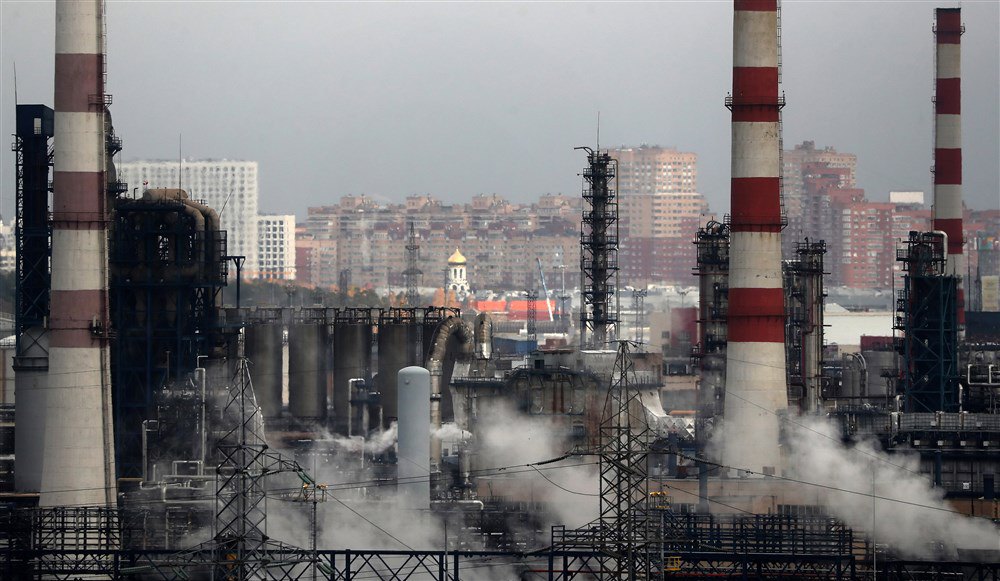
“Russia does not produce analogues of this equipment, and it will not be imported from Europe after 2022. Therefore, repairs will now take much longer, because everything is supplied through China. We must also understand this. That is, this equipment will arrive, but it will be much more expensive,” says economist Oleh Pendzin.
It is therefore crucial that Ukrainian drone strikes on Russian oil refineries maintain their pace. Last spring, Ukraine inflicted significant damage on Russian refining capacity. Several plants were shut down, and fuel production dropped by about 10%. However, when the strikes stopped, Russia managed to restore its facilities relatively quickly.
Russian attacks on Ukrainian energy infrastructure
Since the beginning of the week, Russian forces have also carried out a series of attacks on Ukrainian energy facilities. Among the main targets is the gas infrastructure. One of the most powerful strikes took place on Wednesday, 27 August. The government reported damage in six Regions, particularly in Poltava Region. The Russians’ goal is clear: to disrupt Ukraine’s preparations for the heating season. At present, the state is in the final stages of pumping gas into underground storage facilities for the winter.
Energy Minister Svitlana Hrinchuk insists that preparations are proceeding as planned.
“The main challenge is Russian attacks and the ability to protect our facilities. We see how they are intensifying their attacks, using various types of weapons. And we see that there are targeted massive attacks on the energy sector. Recently, 20 drones flew into one of our gas transportation infrastructure facilities,” said the head of the Ministry of Energy.

Ukraine has already accumulated approximately 11 billion cubic metres of gas, which is still insufficient for the winter — pumping continues. The government has announced that it has secured funding to import fuel, largely in the form of foreign loans.
Meanwhile, the state has stockpiled almost 2.5 million tonnes of coal, which is sufficient for the heating season.
Russia continues to target Ukrainian mines, with one such attack taking place on Tuesday, 26 August. A private mine was shelled, killing one miner. At the time, nearly 150 miners were underground; they were briefly trapped but later managed to reach the surface.
Will fuel prices rise in Ukraine?
In August, Russian forces also stepped up their attacks on Ukrainian fuel storage facilities. In total, around five such facilities were damaged, although it remains unclear how much petrol and diesel was destroyed.
The scale of the damage is far smaller than in 2022–2023, when Russian strikes burned down more than 70 oil depots and destroyed all oil refineries in Ukraine. Since then, the fuel market has changed significantly. According to analysts at the Razumkov Centre, over 80% of petrol and diesel in Ukraine is now imported.
“It is very naive to think that the country depends on the operation of a few oil depots. No, because fuel is supplied in various ways and there will be enough of it. The main thing here is not to panic, because if each of us goes to a petrol station to buy fuel reserves now, then there may be a shortage,” said Andriy Zhupanin, deputy chairman of the Verkhovna Rada Committee on Energy.
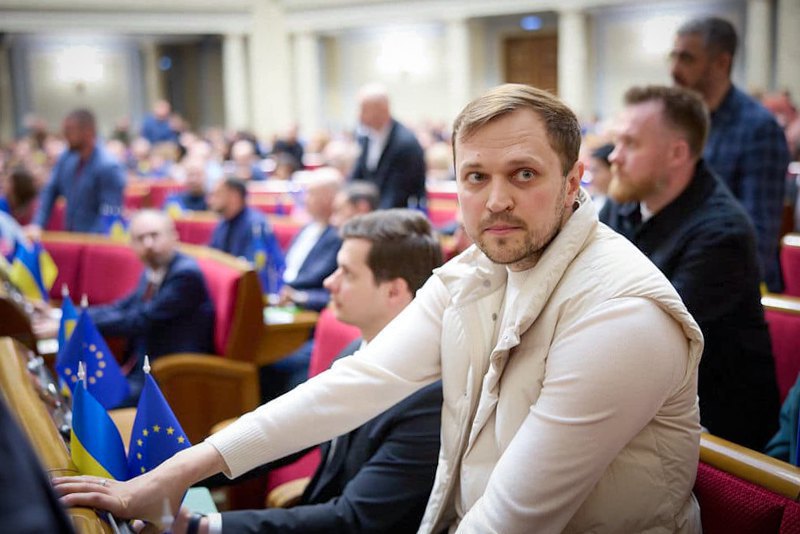
Meanwhile, the governments of Slovakia and Hungary are threatening to provoke a fuel shortage in Ukraine. Viktor Orbán and Robert Fico have made no secret of their desire to retaliate for the shutdown of the Druzhba oil pipeline.
Indeed, Ukraine purchases roughly one in ten litres of diesel from these two countries. They therefore have the capacity to halt supplies to Ukrainian petrol stations. Yet such a move would underscore the short-sightedness of the Orbán and Fico governments.
Firstly, Slovak and Hungarian companies would lose substantial profits. Ukraine purchases diesel at European prices, generating considerable revenue for suppliers in both countries.
“Will Slovakia and Hungary find buyers as powerful as Ukraine? I doubt it. Yes, selling diesel is not a problem — it is a question of price,” explains Serhiy Kuyun, director of the A-95 Consulting Group.
Secondly, Ukraine has more than enough alternative supply routes to replace imports from Slovakia and Hungary. Traders from other countries are ready to begin shipments, and prices at Ukrainian petrol stations are unlikely to change, given the ample supply of fuel on the European market.








